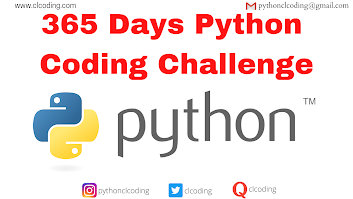This textbook establishes a theoretical framework for understanding deep learning models of practical relevance. With an approach that borrows from theoretical physics, Roberts and Yaida provide clear and pedagogical explanations of how realistic deep neural networks actually work. To make results from the theoretical forefront accessible, the authors eschew the subject's traditional emphasis on intimidating formality without sacrificing accuracy. Straightforward and approachable, this volume balances detailed first principle derivations of novel results with insight and intuition for theorists and practitioners alike. This self contained textbook is ideal for students and researchers interested in artificial intelligence with minimal prerequisites of linear algebra, calculus. informal probability theory. it can easily fill a semester long course on deep learning theory. For the first time, the exciting practical advances in modern artificial intelligence capabilities can be matched with a set of effective principles, providing a timeless blueprint for theoretical research in deep learning.
The Principles of Deep Learning Theory (Free PDF)
Python Coding November 26, 2023 Books, Deep Learning No comments
Related Posts:
Probabilistic Graphical Models 3: Learning Build your subject-matter expertiseThis course is part of the Probabilistic Graphical Models SpecializationWhen you enroll in this course, you'l… Read More
Fundamentals of Machine Learning for Healthcare What you'll learnDefine important relationships between the fields of machine learning, biostatistics, and traditional computer programming.Lear… Read More
Evaluations of AI Applications in Healthcare What you'll learnPrinciples and practical considerations for integrating AI into clinical workflowsBest practices of AI applications to promote … Read More
Probabilistic Graphical Models 2: Inference Build your subject-matter expertiseThis course is part of the Probabilistic Graphical Models SpecializationWhen you enroll in this course, you'l… Read More
Probabilistic Graphical Models 1: Representation Build your subject-matter expertiseThis course is part of the Probabilistic Graphical Models SpecializationWhen you enroll in this course, you'l… Read More


.jpg)






.png)









.jpg)



.png)










.png)











0 Comments:
Post a Comment